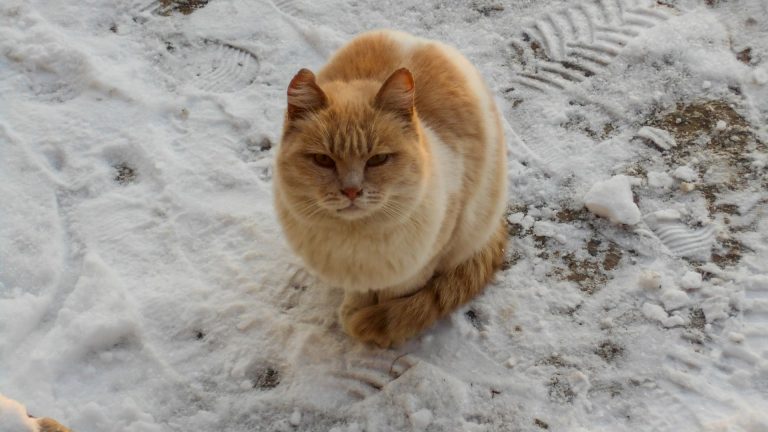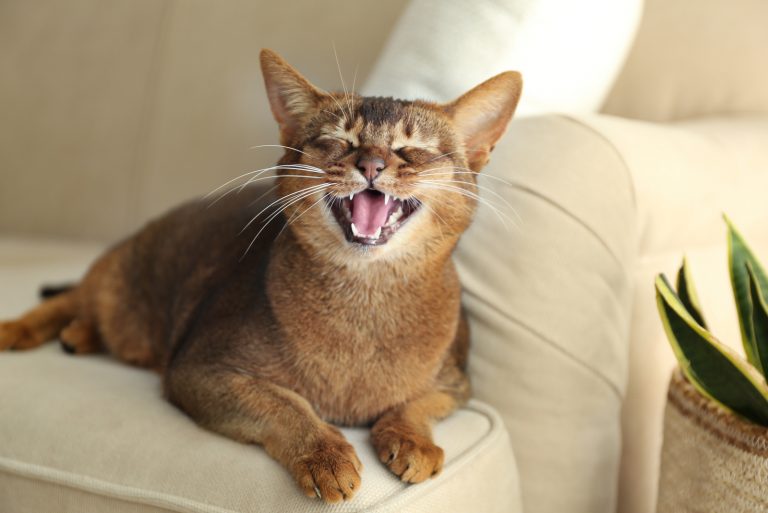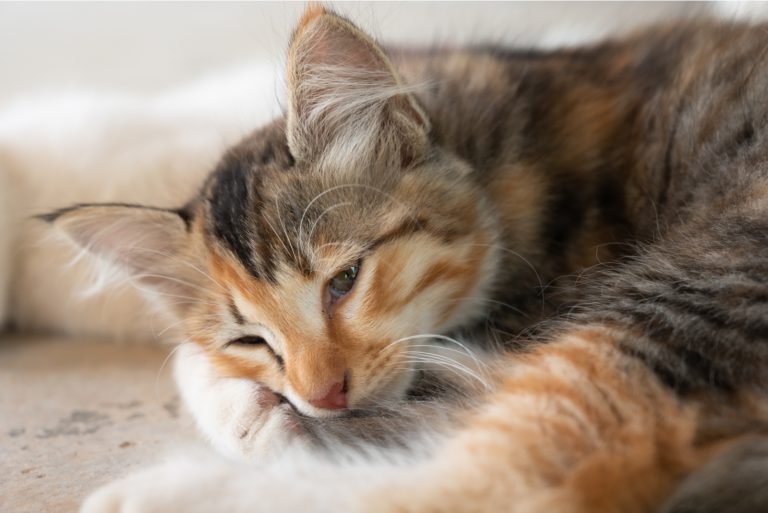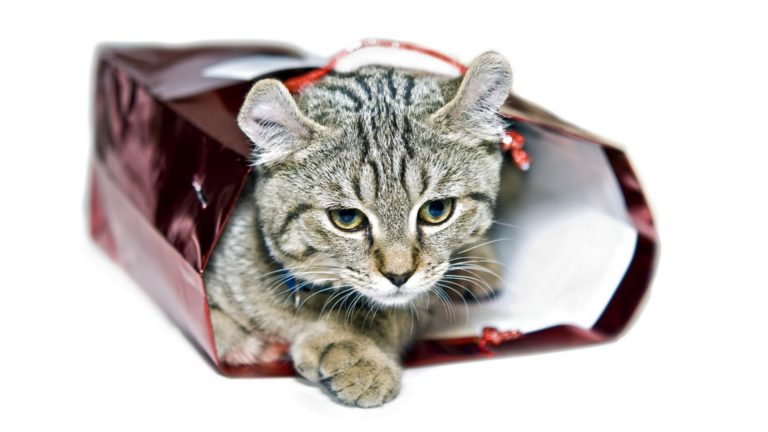Once Thought Extinct, America’s Rarest Butterfly Makes An Extraordinary Comeback In Florida
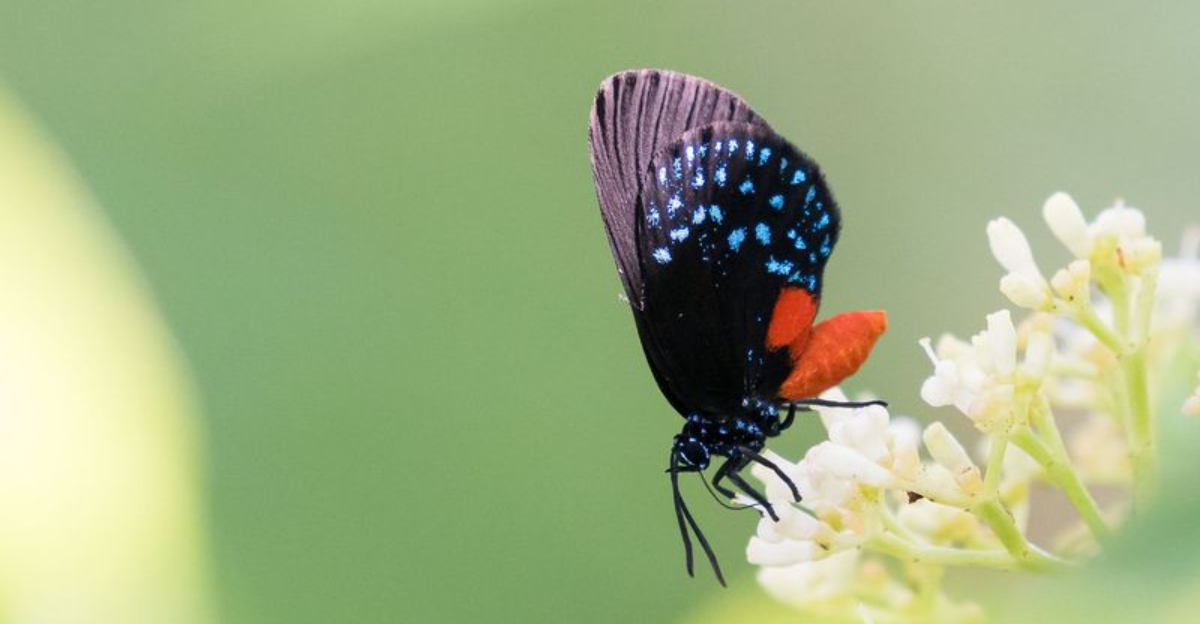
The Atala butterfly, once thought extinct, has made an extraordinary comeback in Florida. This small, velvety black butterfly with striking iridescent blue spots and a fiery red abdomen was nearly wiped out in the early 20th century.
Its journey from near-extinction to recovery offers a powerful lesson about conservation and the delicate balance of our ecosystems.
The Atala Butterfly, A Rarity In America’s Natural History
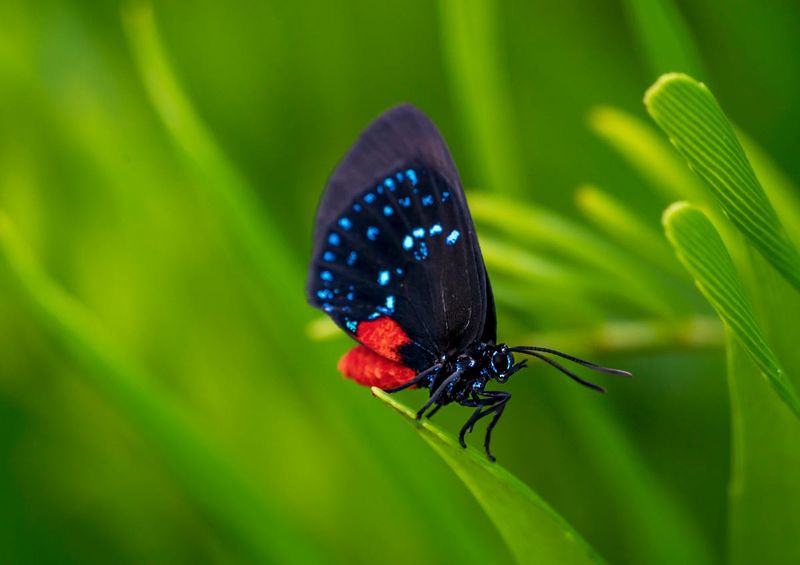
Once abundant across South Florida, the Atala butterfly (Eumaeus atala) nearly vanished by the 1950s. Scientists actually declared it extinct until a small colony was discovered in the 1970s on a barrier island.
The butterfly’s distinctive appearance makes it unforgettable – velvety black wings with iridescent blue-green spots and a brilliant red abdomen. Unlike most butterflies, Atalas are toxic to predators, having evolved this defense by feeding exclusively on the poisonous coontie plant as caterpillars.
Why Was The Atala Butterfly Declared Extinct In Florida?
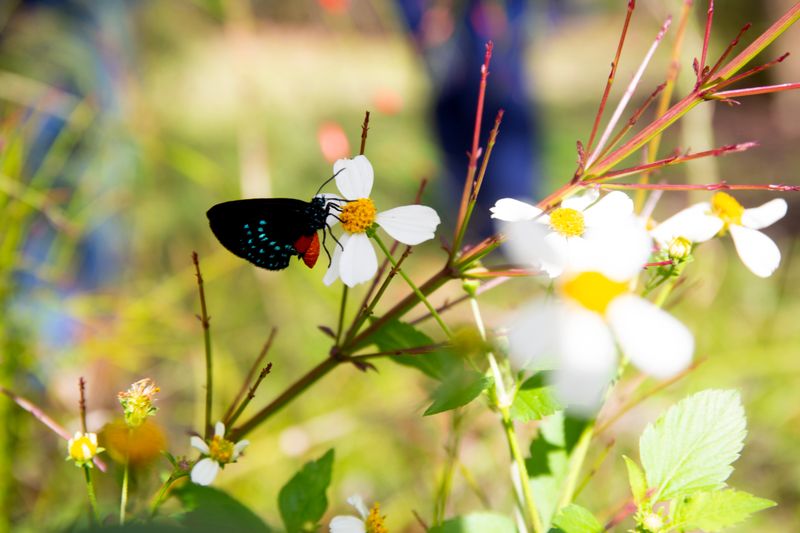
The Atala’s disappearance stems from human shortsightedness. During the early 1900s, Florida’s native coontie plants were harvested to near-extinction for their starch-rich roots, which were ground into flour.
Without its sole host plant, the Atala couldn’t survive. The butterfly lays eggs exclusively on coontie, and its caterpillars eat nothing else. By the 1930s, commercial exploitation had decimated wild coontie populations, and butterfly numbers plummeted so dramatically that scientists believed they’d vanished forever.
The Comeback Of The Atala Butterfly
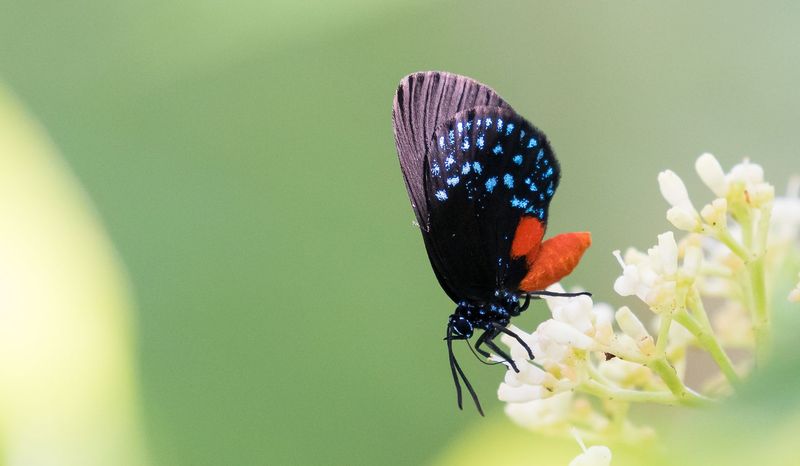
The Atala’s revival began with a stroke of luck – a tiny surviving colony discovered on a Key Biscayne island in 1979. From this fragile population, butterfly enthusiasts carefully collected eggs and caterpillars for captive breeding programs.
Local gardeners became unexpected heroes in the restoration effort. By planting coontie in home landscapes, they created stepping-stone habitats that allowed the butterfly to expand its range. Conservation organizations distributed both coontie plants and butterfly eggs, helping nature reestablish the delicate balance that was nearly lost.
The Importance Of The Coontie Plant In The Atala Butterfly’s Return
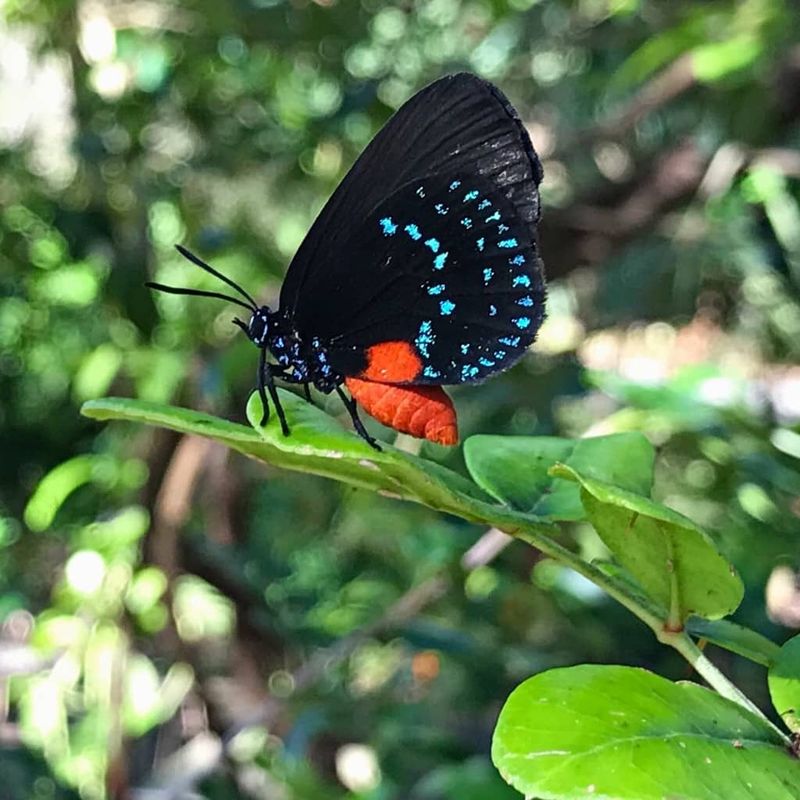
The relationship between the Atala and coontie plant represents one of nature’s most fascinating partnerships. This ancient cycad, resembling a small palm but actually more closely related to conifers, provides both food and protection for the butterfly’s entire life cycle.
Coontie contains toxins that Atala caterpillars incorporate into their bodies, making them unpalatable to predators. The plant’s resurgence in landscaping has created crucial habitat corridors across urban areas. Remarkably, what began as an ornamental gardening trend unwittingly sparked an ecological revival.
What The Return Of The Atala Butterfly Means For Conservation Efforts
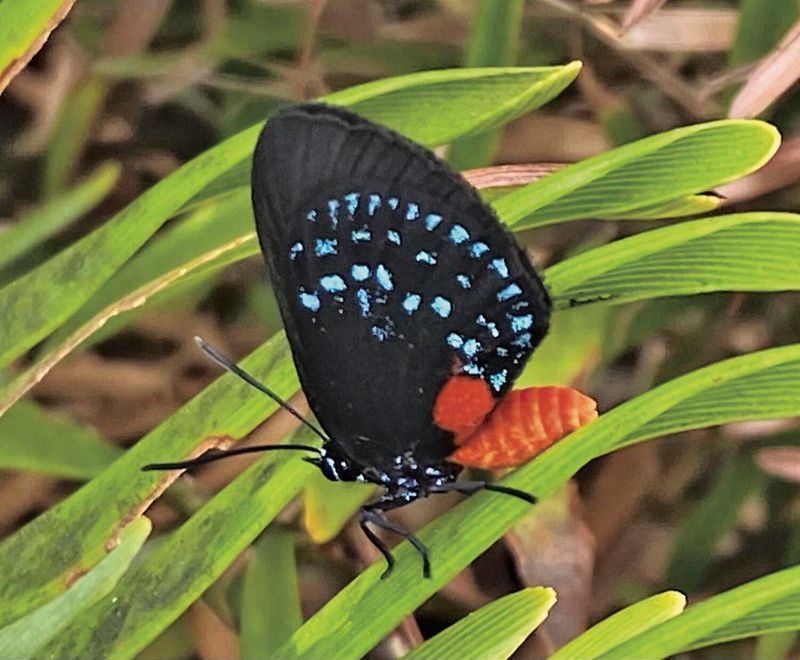
The Atala’s comeback represents a rare conservation victory that happened largely by accident. Unlike expensive reintroduction programs for charismatic mammals, this butterfly bounced back through community involvement and urban gardening.
Scientists now study the Atala as a model for saving other invertebrate species. Its recovery demonstrates how even heavily developed areas can support biodiversity when native plants return to the landscape. This success challenges the notion that urbanization and wildlife conservation are always at odds.
Atala Butterfly’s Role In Local Ecosystems And Biodiversity
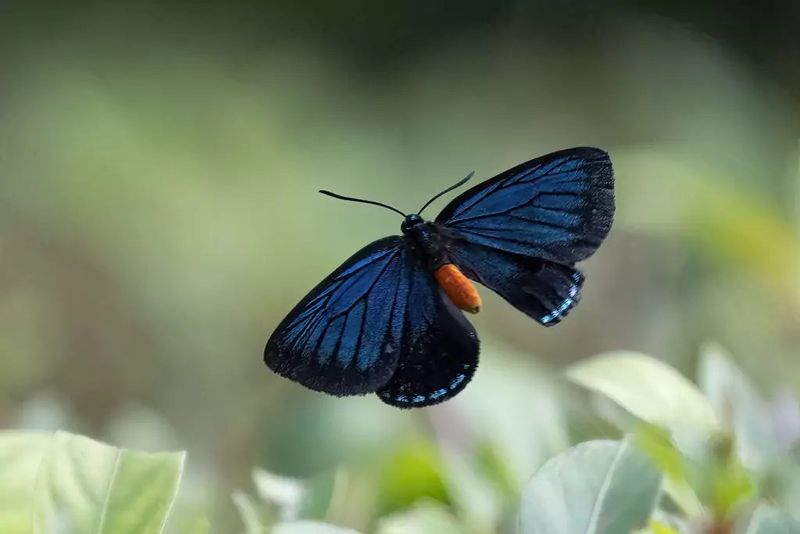
Beyond its beauty, the Atala serves as a crucial bioindicator – its presence signals a healthy ecosystem with native plant diversity. The butterfly has become an unexpected pollinator in urban environments, helping native flowering plants reproduce.
Fascinatingly, Atala caterpillars form mutualistic relationships with certain ant species that protect them from parasites. The butterfly’s return has cascading effects through the food web, supporting native birds and other insectivores. Each recovered population creates a small island of biodiversity in Florida’s fragmented landscape.
A Symbol Of Hope For Other Endangered Species
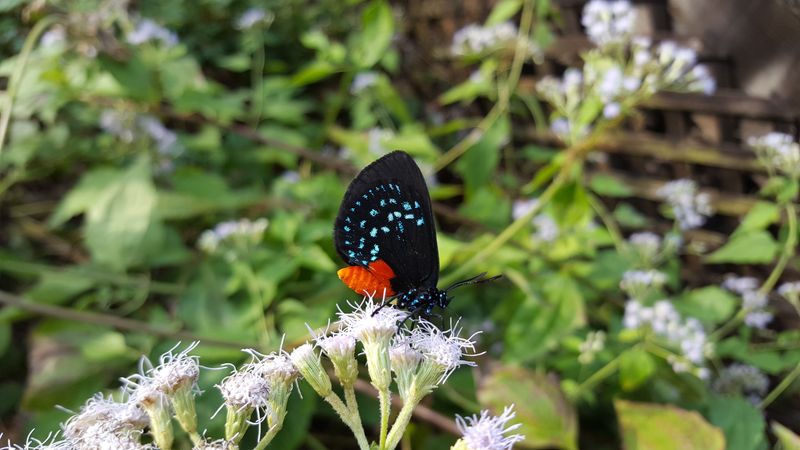
From nearly vanishing to thriving colonies, the Atala’s journey offers a blueprint for other imperiled insects. Its recovery happened without massive funding or governmental intervention – just dedicated citizens planting the right plants.
The butterfly now serves as an ambassador species, making the abstract concept of extinction tangible. Garden clubs, schools, and conservation groups use the Atala’s story to demonstrate how individual actions matter. For declining monarchs, swallowtails, and countless unnamed insects, the Atala proves that extinction isn’t always the final chapter.
The Future Of The Atala Butterfly
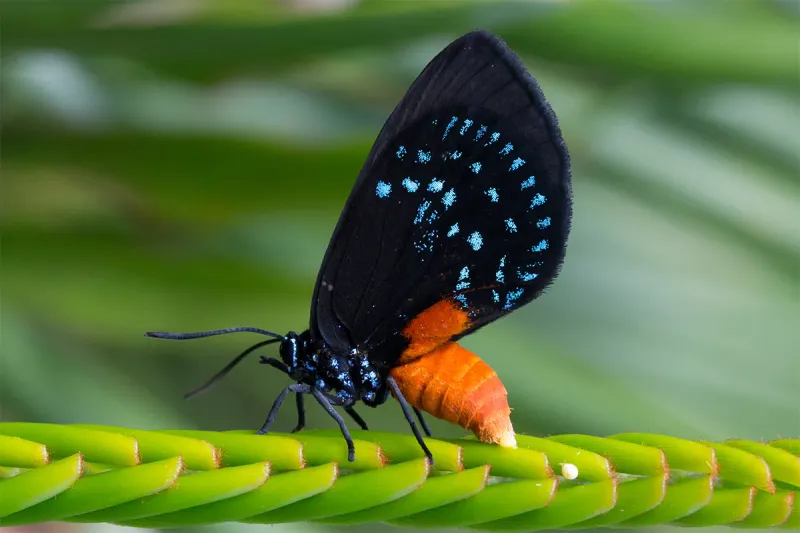
Despite its remarkable recovery, the Atala faces new challenges. Climate change threatens to disrupt the delicate timing between butterfly life cycles and coontie growth patterns. Rising sea levels could inundate coastal habitats where many populations have established.
Citizen science projects now track Atala populations through smartphone apps, creating valuable data for researchers. Conservation groups are working to protect undeveloped land corridors between population centers. The butterfly’s future depends on continued awareness – maintaining the gardening practices that inadvertently saved this spectacular insect from extinction.

